Mangrove charcoal: a sustainable alternative for communities
Mangroves provide multiple environmental services, such as erosion control, shoreline protection, wildlife refuge, and timber resources, which are used for handicrafts, furniture, construction, and mangrove charcoal production.
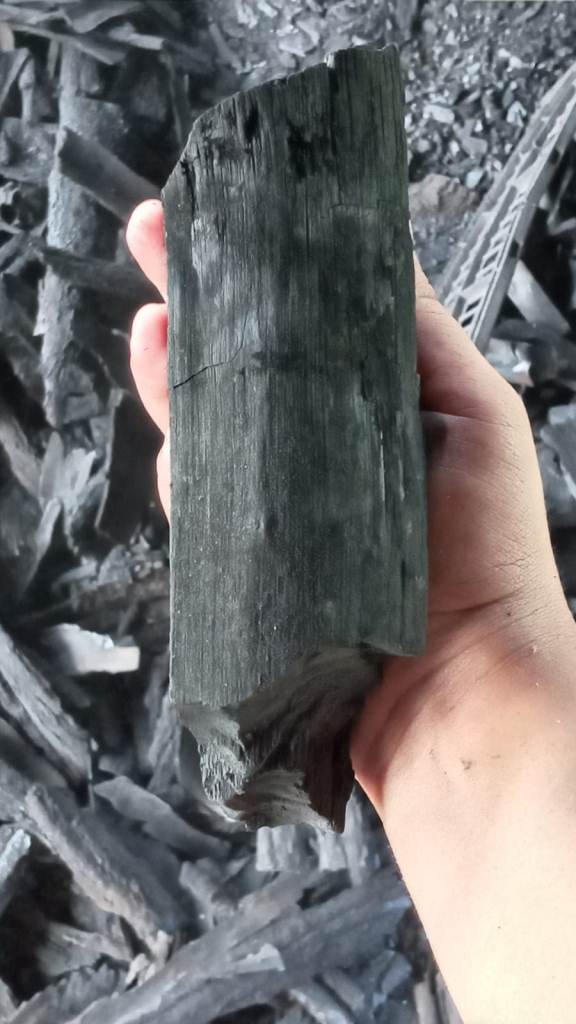
Mangrove ecosystems provide multiple environmental services such as erosion control, coastal protection, wildlife refuge, biological filters, and act as natural flood control systems and barriers against hurricanes and saline intrusion. They also provide timber resources, which are used for handicrafts, furniture, construction, and charcoal production.
There is a zone between the terrestrial and marine ecosystems that is made up of tree species from 1 to 30 meters high, called mangroves. Mangroves are home to a great biological diversity because they are close to the mouths of rivers and streams, and around estuaries and coastal lagoons, they are habitat for a great variety of crustacean species, as well as birds, and they are also breeding grounds for many species of fish, including octopuses.
As a natural flood control system, mangrove ecosystems provide multiple environmental services such as erosion control, coastal protection, wildlife refuge, and serve as a biological filter. They also act as natural flood control systems and barriers against hurricanes and saline intrusion. Mangroves also supply timber resources, which are used for handicrafts, furniture, construction, and charcoal production.
As an example of good sustainable management, the case of the Cadena Productiva "Amigos del Manglar S.P.R de R.L de R.L de C.V.", a Sociedad de Producción Rural de Responsabilidad Limitada de Capital Variable, is worth mentioning. The company's partners are ejidatarios from the ejidos La Solución Somos Todos and Lic. Francisco Trujillo Gurría, both in the municipality of Paraíso, as well as from the ejido Úrsulo Galván in the municipality of Jalpa de Méndez, in Tabasco. They are mainly engaged in agricultural, livestock, forestry and charcoal production activities.
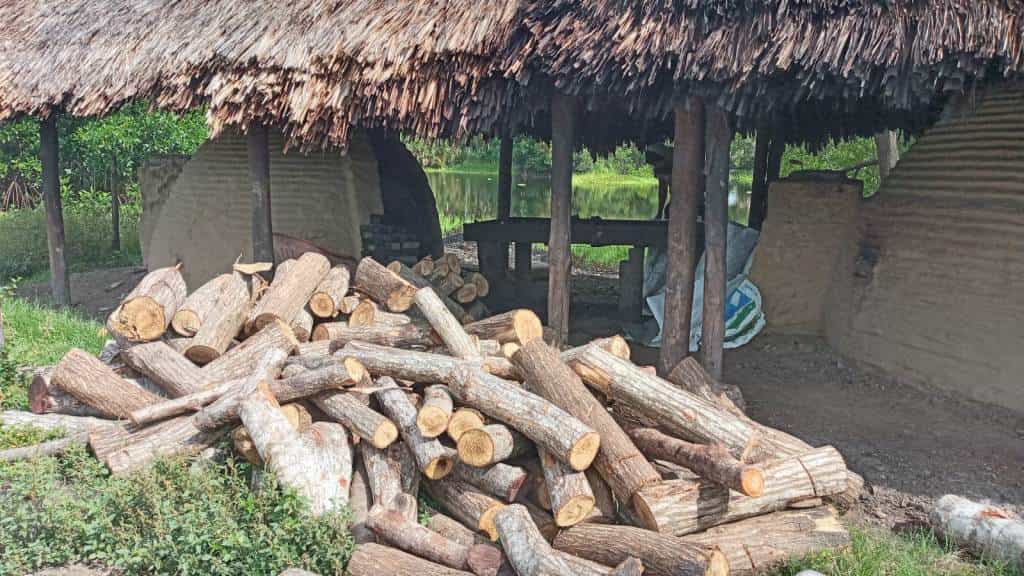
In Mexico, the red, red, red, white, and buttonwood mangrove species are classified as endangered, according to NOM-059-SEMARNAT-2010, which indicates that they could become endangered in the short or medium-term if the negative factors that put them at risk persist. To harvest mangrove timber, the three ejidos where the members of this production chain come from have Environmental Management Units (UMAs) for the conservation, restoration, and sustainable management of mangroves, which can be used for timber harvesting in accordance with the specifications contained in their management plans, authorized timber harvesting rates, and in compliance with regulations.
For the ejidatarios, harvesting mangrove timber resources has become an alternative to diversify their productive activity and generate positive impacts on the local economy by creating jobs for the production of charcoal in a sustainable manner, with minimal impact on their health and the environment.
Mangrove charcoal
Mangroves in their growth process capture carbon from the atmosphere and transform it into organic matter. However, like any species, there is a point at which they can no longer grow and begin to capture less carbon. It is at this point that, with an adequate management plan, the timber resource can be used for charcoal production.
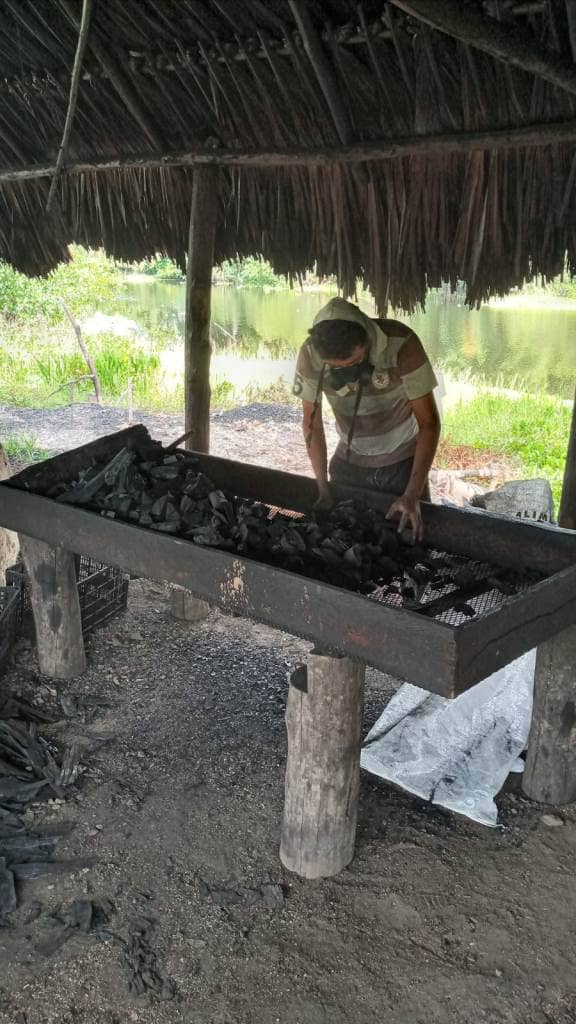
Mangrove charcoal production is carried out in special ovens for this purpose, among which the following stand out:
Rabo Quente kiln
It is a masonry oven with a hemispherical shape, with 12 air accesses, distributed: 4 at the base, 4 in the middle, and 4 at a height of ¾ of the total dimension. It has a chimney 17 square centimeters thick, on the opposite side of the access door. Its size is smaller than the furnaces in which charcoal is produced in other ecosystems, such as temperate forests. This type of kiln has an average production rate of 1 m3 of mangrove wood, which is equivalent to 130-140 kg of charcoal. According to the environmental conditions and the characteristics of the raw material, the burning time is 32 to 48 hours. Kiln cooling takes 3 to 5 days. One of the main advantages of using this kiln is that the charcoal produced has a better structure, i.e. it does not break and does not produce as much dust.
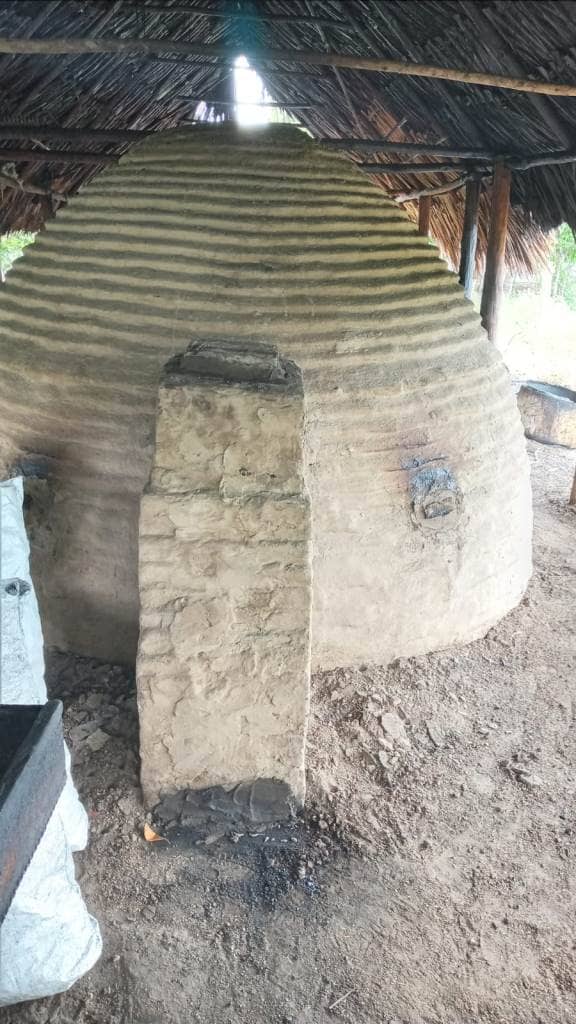
Metal kiln
Metal kilns are of the hexagonal type; they have an average production rate of 1 m3 of mangrove wood is equivalent to 150 kg of charcoal. The burning time is 24 to 32 hours, depending on environmental and wood conditions. The cooling process takes 24 hours. Among their advantages are that they are portable and easy to assemble and disassemble; they require a lower initial investment, their operation and functioning is with four people and they can be transported to the harvesting areas, reducing the freight costs of transporting raw material. This type of furnace is affected by the environment, which can reduce the amount of heat, so it will take longer to produce coal.
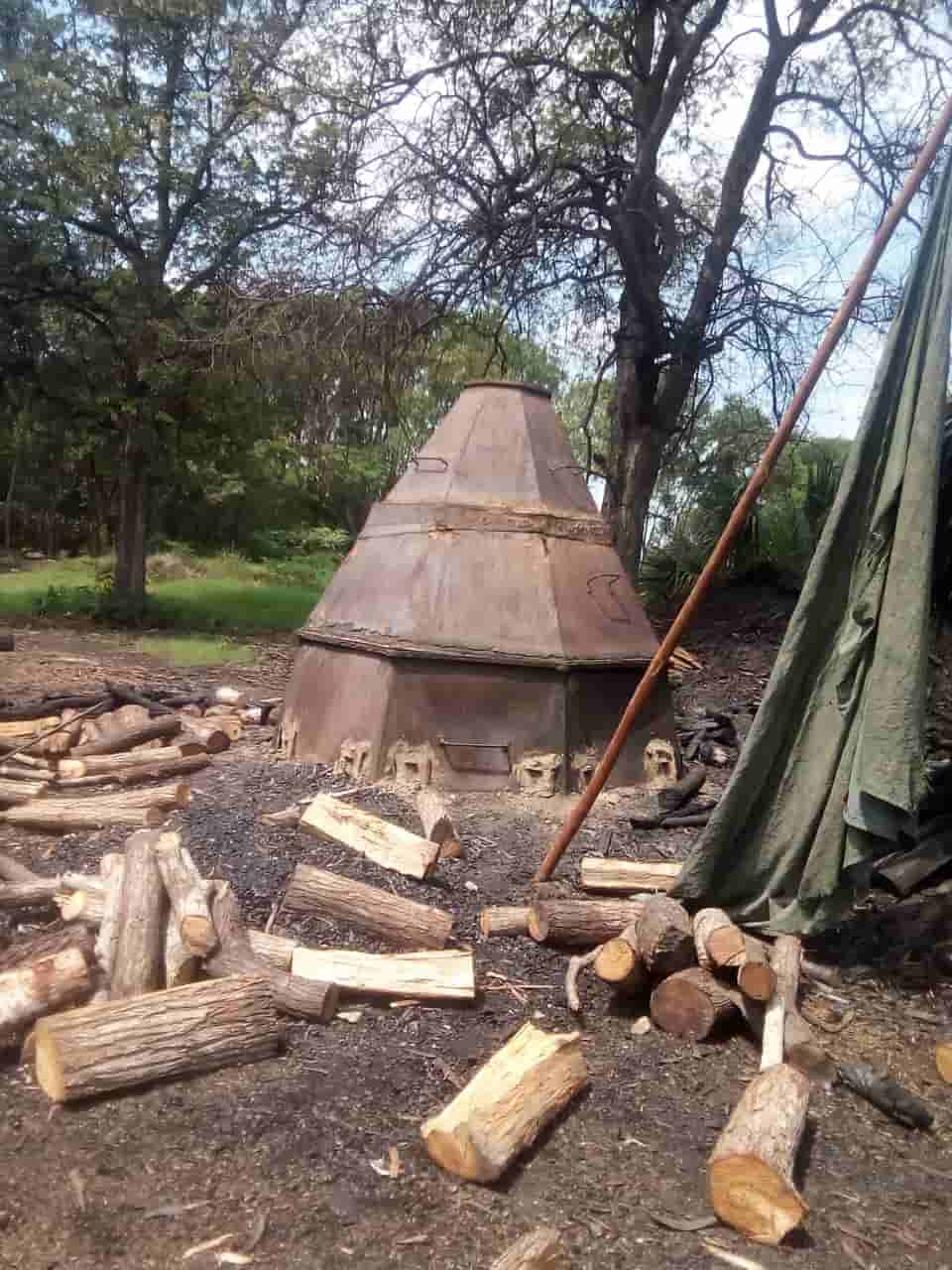
Source: National Forestry Commission




